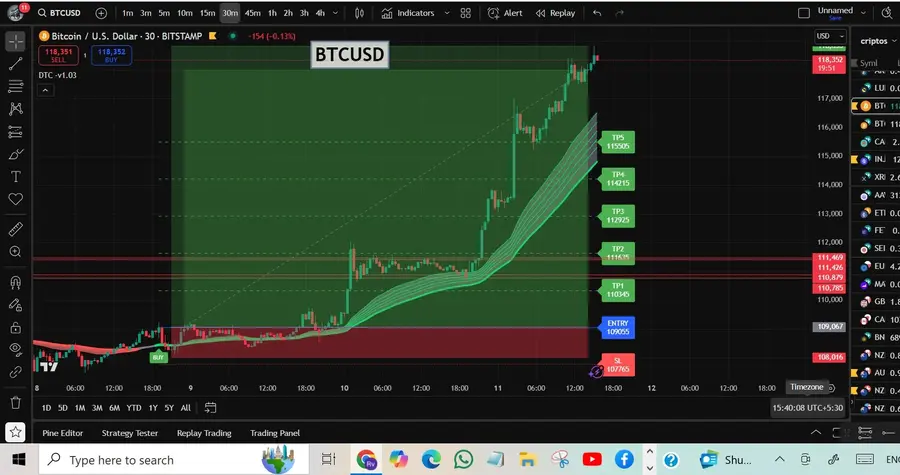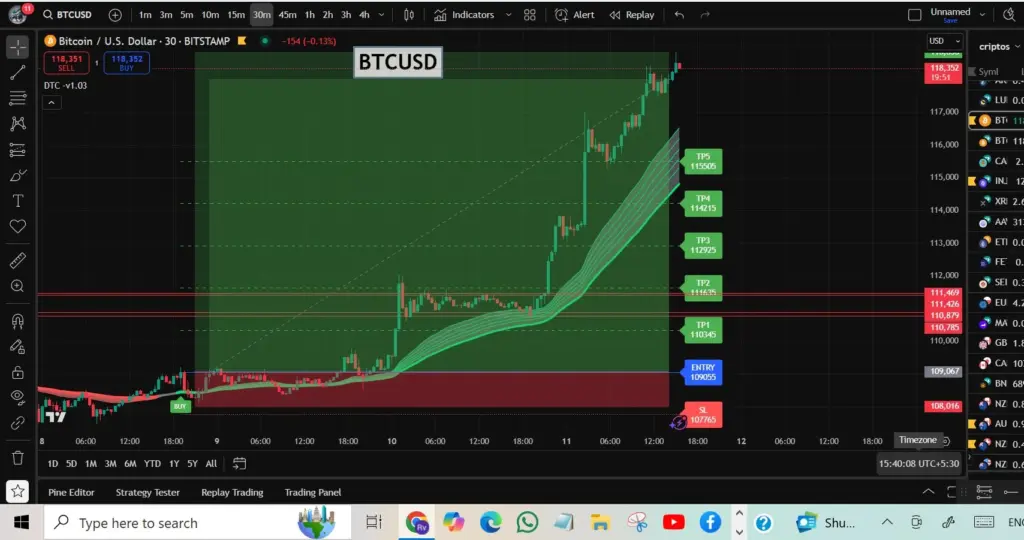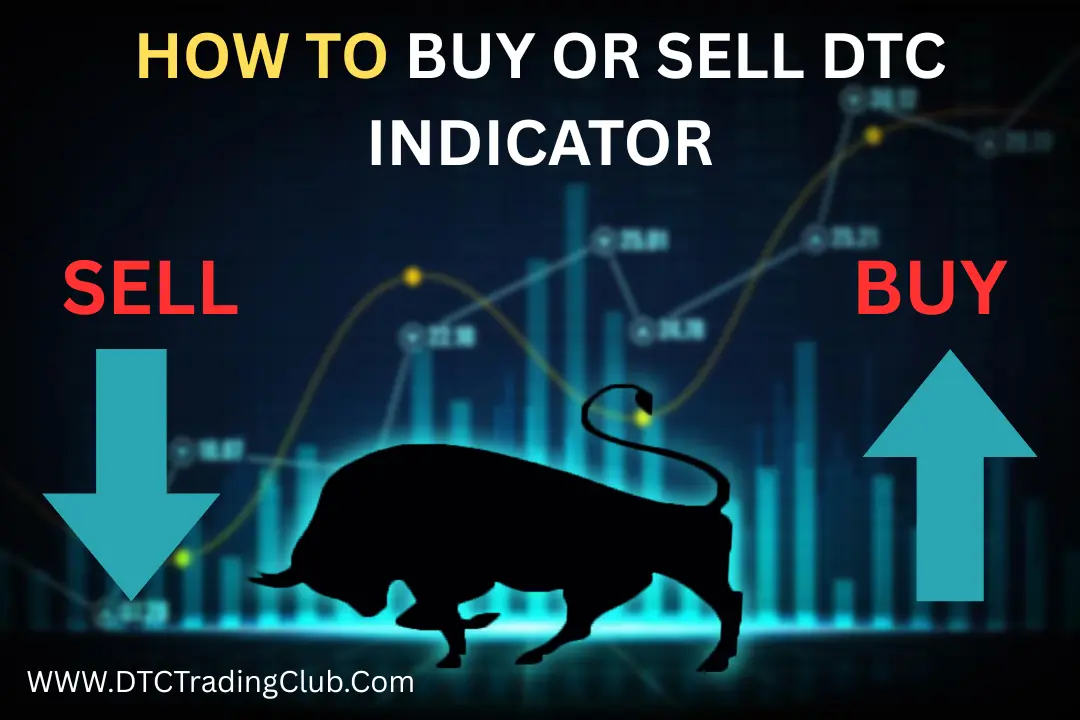In the modern trading world, speed, accuracy, and consistency have become non-negotiable elements. The DTC Indicator has emerged as one of the most promising tools that delivers on all three fronts. With advancements in AI and automation, traders in 2025 are increasingly embracing intelligent systems that simplify complex decisions. The DTC trading setup is one such revolutionary system tailored for next-gen investors.
Table of Contents
What is DTC Indicator?
Rather than relying on guesswork or emotional reactions, this tool allows traders to work with pre-programmed logic. It scans multiple stocks, monitors trend changes, and sends timely alerts to buy or sell. It’s like having a personal analyst working for you around the clock.
How DTC Indicator in Stock Market
In practical terms, this system evaluates price momentum, trend strength, and volume shifts. It uses high-speed algorithms to scan thousands of data points in milliseconds. DTC also adjusts dynamically to market volatility, adapting to changing conditions faster than human traders.
Let’s Break Down the exponential moving average formula in Simple Terms
Exponential Moving Average (EMA) is a technical indicator that gives more weight to recent price data compared to older data. This makes EMA highly responsive to the latest market trends, which is crucial in fast-moving markets.
The reason EMA is used in the DTC Indicator is because of its ability to filter out noise and capture trend momentum in real-time. Since the DTC Indicator is designed for automatic trading, it needs a component that reacts quickly to changes while minimizing false signals and EMA does exactly that.
EMA Formula Explained Simply:
- Multiplier = 2 / (Time period + 1)
- New EMA = [(Current Close – Previous EMA) * Multiplier] + Previous EMA
For example, a 9-period EMA will respond faster to recent price changes than a 20-period EMA. This helps the DTC system make sharper entries and exits, especially in volatile market conditions.
By embedding EMA logic into its framework, the DTC Indicator becomes more efficient at identifying the real direction of the market and reducing the chance of entering trades during sideways or choppy conditions.
DTC Indicator Full Form in Stock Market
In trading language, DTC stands for Dynamic Trade Confirmation. It refers to a system that doesn’t just show patterns it confirms the strength and sustainability of those trade signals before you take action.
Key Features of the DTC Indicator

| Feature | Description |
| Real-Time Signal Updates | Automatically adjusts to market fluctuations |
| Adaptive to Market Trends | Works in both bullish and bearish conditions |
| Multiple Asset Compatibility | Useful for equities, indices, and even commodities |
| Trade Warningsand Pop-ups | Instant alerts for actionable decisions |
| Machine Learning Integration | Learns from past trades to improve accuracy |
| Auto-Execution Ready | Connects directly with trading APIs for full automation |
Benefits of Using a Fully Automatic Trading Setup
Besides being time-efficient, a fully automated system removes many of the human flaws from trading, such as hesitation, overconfidence, and panic exits. Other advantages include:
- Seamless multitasking: Manage multiple trades effortlessly
- Zero emotional bias: Sticks to logic-based decisions
- Enhanced focus: Spend more time analyzing strategy than reacting
Comparing DTC with Other Trading Indicators
Traditional indicators often work in isolation and require interpretation. However, the DTC setup takes a more holistic approach. It layers multiple indicators internally such as EMAs, momentum trackers, and volume patterns and presents one unified trading action. This drastically reduces the time needed to analyze charts.
Step-by-Step Guide: Setting Up the DTC Indicator
- Select a compatible broker/platform (MetaTrader, TradingView, etc.)
- Download or purchase the DTC Indicator package
- Load the indicator into the chart interface
- Set up your trade parameters (risk %, stop-loss, targets)
- Enable automated trading and test on demo mode
- Go live with careful monitoring initially
Common Myths About DTC Indicator
- “It’s a scam”: Not true. Reputable providers offer transparent demos.
- “It replaces human trading”: It assists, not replaces. You still need oversight.
- “One setting fits all”: Settings should be tweaked per asset and strategy.
Real-World Examples of DTC in Action
During the 2023 Fed rate announcements, many traders using manual strategies exited trades too early due to panic. In contrast, automated DTC setups held workslonger based on pre-set logic, leading to better gains once the market stabilized. These examples show the value of automated discipline.
Tips to Maximize Profits Using the DTC Indicator
- Use diversified assets to avoid overexposure to one sector
- Analyze past performance weekly to spot improvements
- Regularly update your platform to maintain speed and performance
- Avoid using DTC in illiquid assets that may have wide spreads
DTC for Different Market Styles: Intraday, Swing, and Long-Term
DTC is flexible enough to adapt to multiple trading approaches:
- Intraday: Rapid-fire signals for quick scalps
- Swing trading: Captures trend continuation after consolidation
- Long-term: Identifies high-conviction positions for portfolio building
Future of Automated Trading and DTC’s Role

As machine learning and AI evolve, the DTC framework is expected to incorporate predictive modeling. This means it might not only react to price changes but predict potential market outcomes with increasing accuracy.
By 2026, we can expect cloud-based DTC versions, mobile app integrations, and even voice-command enabled execution. The direction is clear faster, smarter, and more efficient trading for everyone.
Risks and Limitations to Know
Even the best tools have weaknesses. Be aware of the following:
- Sudden news events may override algorithm logic
- Tech glitches or connectivity issues can affect execution
- Over-optimization might cause issues in real-world volatility
FAQS:
1. Is DTC available on mobile platforms?
ANSWER: Yes, many platforms now offer mobile integrations for on-the-go trading.
2. Can I backtest DTC strategies?
ANSWER: Definitely. Most DTC systems offer built-in backtesting modules.
3. How often should I update the settings?
ANSWER: Monthly reviews are ideal, especially during major economic events.
4. Does DTC work with options and futures?
ANSWER: Yes, provided the platform and broker support those instruments.
Final Thoughts
The DTC trading setup is designed to bring simplicity to a complex world. For traders looking to cut down on noise, stay disciplined, and optimize entries and exits it’s a game-changing ally. While no indicator is foolproof, combining human judgment with automated intelligence can yield highly effective trading outcomes.
